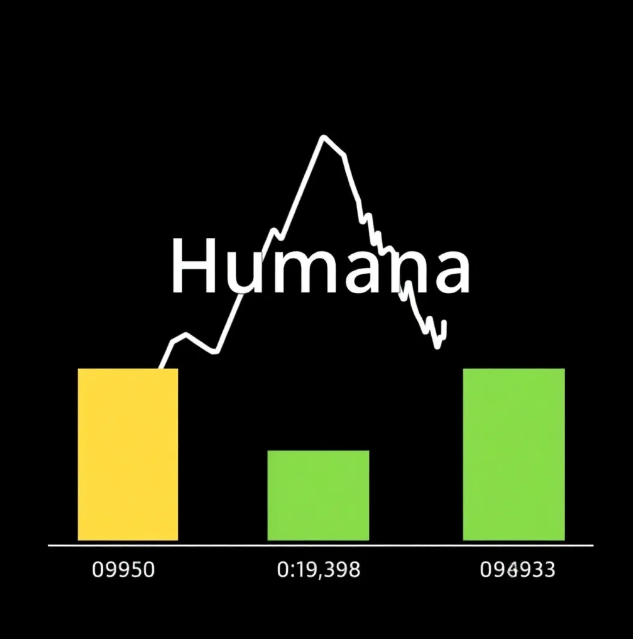The Macro approach and historic valuations, market breadth, outlook.
Top down market strategy is relevant and sometimes essential when you want to compare the S&P 500 against historical benchmarks. I did this in a series of articles for seeking alpha under Fountainhead, and spoke about the same things that Hussman does – historical valuations, poor market breadth, interest rate correlations, smaller categories dominating, and future earnings being misleading especially when they start to falter. I still pretty much look at the macro backdrop every week even now, but it’s a great backdrop, an important framework and benchmark but not a primary factor or thesis for making individual stock decisions. I stopped doing the market outlook top down series a while ago, when I realized I was better off focusing on getting into the weeds, than trying to get better returns by forecasting market direction. As an example, I was trying to predict a 4-6% correction in the S&P 500 when the AI revolution was happening right before my eyes, again ironical because my first article recommending Nvidia was in October 2022 at $108! And that’s been the story for the better part of 3 decades.
There are several who posit like Hussman and several rebutting parts or all of his thesis – the correlation with the Nifty Fifty gets the most pushback as does with the 1999 internet bust. In the 2007-2008 Great Financial Crisis bust, the financial sector had the highest concentration of the S&P 500, and financials are cyclical with P/E’s rarely exceeding 12-14, and then they were at 20, with expectations of 25% growth, their debt to equity ratios were like 33:1 – ABSURD!!.
The point is – extremely difficult to compare the bull market euphoria peaks, and to a great extent that time is better spent getting into the weeds of individual stocks and also using the macro backdrop as a variable but not the prime one. Also how are we going to make better returns trying to time the S&P 500, through downturns or predicting bubbles?
A great company bought at a good price will also go through a drop when the market turns bad – sometimes only because the sentiment has turned and more often on its own demerits and reduction in earnings power, often we’ve overpaid or not taken profits when the going was good. There is no escaping the inevitable downturn, and we try our best to mitigate it. Profit taking is important, not chasing momentum is important; Not overpaying is equally important. Buying quality companies is very important. Diversification is important, I do want to have less tech or AI stocks and am always looking out for good ones in other sectors, without getting into value traps just because they’re cheap. There are a bunch of strategists who’re advising buying the Russell 2000 as a de-risking strategy because the gap between the valuations of the Russell 2000 and the Nasdaq 100 is the widest in decades. There is some merit in that, but de-risking is a strange way to put it, because by definition the Russell 2000 has the biggest loss making stocks with the highest earnings risk!
In terms of macro strategy, I put out the Factset S&P 500 monthly earnings report on the group, which I follow for the broader Price/ Earnings multiple, earnings and earnings growth. I will after the PCE report next week – in my opinion, the market is overpriced by about 10% for sure, the last decade P/E was about 18-19, we’re at 21 now, with the Index at 5,100 / $245 earning per share. If you look at the earnings yield it is 245/5100 = 4.8%. The first question you would ask is why am I investing in the market when the 10 year risk free treasury gives me 4.2%, what, am I getting only 0.6% extra for the extra risk?? The historical risk premium in the last two decades has been closer to 1.5%, I ran the numbers from 1962 for the articles I wrote, the other decades have their own idiosyncratic reasons and are not comparable.













